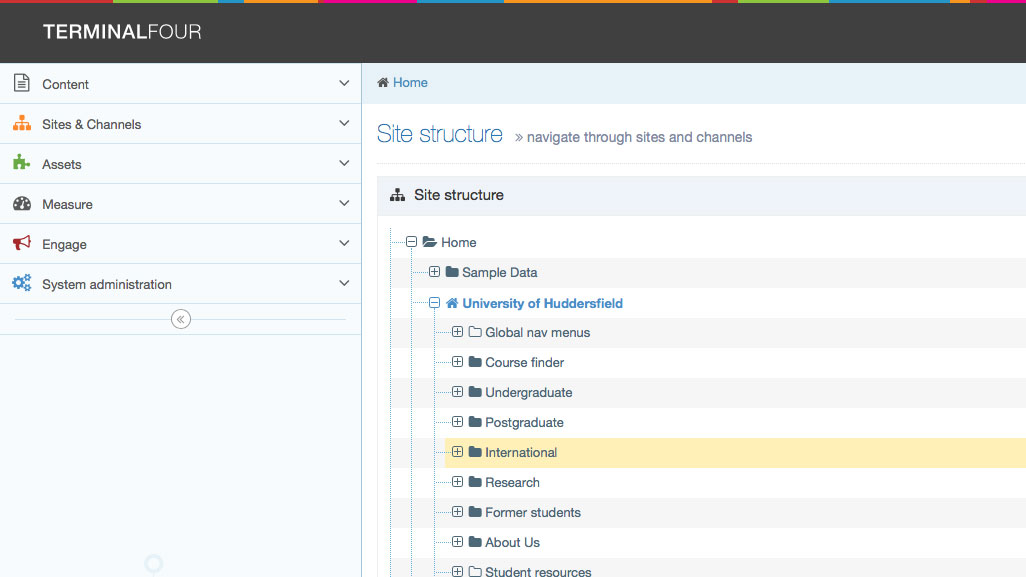
SiteManager V8 Work flow
As you will be aware, we are going through the process of upgrading T4 to SiteManager V8. The upgrade also gives us the opportunity to update our working practice and how we approach working with our website in general.
Having now received the digital audit report from Enjoy Digital, it confirmed that there are some areas where there is an opportunity to improve our workflow to address issues with content on the site.
From the date of the upgrade to SiteManger V8, any content on the Recruitment channel will be subject to a two-step workflow. What this will mean for day to day publishing of material is that we will now have direct accountability for content appearing on our website.
The model we have put in place will mean that any new content is not published to the live website unless all supporting information required is present and correct. In the case of the academic schools, this will be the responsibility of the web editor. The WebEditor will only approve content for the second stage after they have made sure the supporting content is accurate and error free. As an example, all links are the correct format; meta descriptions are in place, images used are of an appropriate size and weight.
When the WebEditor is confident everything is accurate, they will then mark content approved. The workflow will then notify the Central WebTeam who will run automated tests on the page to assure it is technically correct and set the content live.
See Fig1 below for a visual model of the process.

Services will work in much the same way; the fundamental difference is where in a school the WebEditor would check the content for services and Centrally this will come to the Central Webteam.
Because of the extra checks that will be in place from the move to SiteManager V8, there will be a change in the time taken to publish content. We aim to have material published within a half day, however, this will vary depending on the quality of the content provided. Unless all required supporting content is correct, the WebEditor will not mark the content approved.
What do these changes aim to address?
Fig 2 below gives examples of what the two-step approval process aims to address. By providing direct accountability, we can limit the number of errors which have a material effect on how we rank in the SERPS (Search Engine Results Pages) and our on-site search.

As an example, there is no reason why there should be any broken links on the site. Likewise, there is no reason why a page should live without the accurate and descriptive metadata. We have had the tools and best practice in place for some years to eliminate these fundamental issues which we now see having a measurable effect on core usability of the website.
The majority of the increased workload to the Central WebTeam, with the only noticeable difference to the content providers seen as the slightly longer publish time. Its felt this is acceptable to decrease the number of issues seen across the site.
The workflow will also apply to the amending of current content, giving WebEditors the opportunity to address issues with existing content already live.
If you have any further questions or queries, please do not hesitate to contact me directly.
TL;DR:
- No content will go live unless it’s correct technically, Meta, Image sizes, links etc. This is the content providers responsibility not the WebEditor / WebTeam
- WebEditor / WebTeam are not responsible for reading your content, Providing meta descriptions for YOUR content
- Only the Central WebTeam can publish to live website, and will only do so when everything is correct.